 30.06.2020
30.06.2020
Редакция
 30.06.2020
30.06.2020
 30.06.2020
30.06.2020
SPACE and the UNITED STATES NAVY
Далее 30.06.2020
30.06.2020
Soviet Space Mythologies: Public images, private memories, and the making of cultural identity
Mythologies explores the history of the Soviet human space program within a political and cultural context, giving particular attention to the two professional groups—space engineers and cosmonauts—who...
Далее 30.06.2020
30.06.2020
Spaceplane HERMESEurope’s Dream of Independent Manned Spaceflight
This work is subject to copyright. All rights are reserved by the Publisher, whether the whole or part of the material is concerned, specifically the rights of translation, reprinting, reuse of illustrations,...
Далее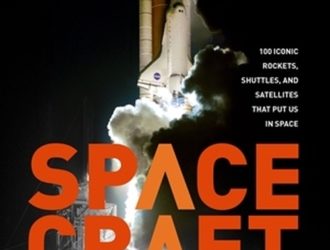 30.06.2020
30.06.2020
100 Iconic Rockets, Shuttles, and Satellites That Put Us in Space
Spacecraft takes a long look at humankind’s attempts and advances in leaving Earth through incredible illustrations and authoritatively written profiles on Sputnik, the International Space Station, and...
Далее 30.06.2020
30.06.2020
The Complete Book of Spaceflight: From Apollo 1 to Zero Gravity
The Complete Book of Spaceflight compiles more than 3,000 extensively cross-referenced entries, spanning every historic milestone and technological achievement in the quest to conquer space. In this...
Далее 30.06.2020
30.06.2020
Star wars nor sanctuary. Constraining the military uses of space.
Land, sea, and air—those are three environments where wars are waged. That is why the United States, like most countries, has three branches of armed forces: an army, a navy, and an air force. But with the...
Далее 30.06.2020
30.06.2020
Space Shuttle Challenger. Ten Journeys into the Unknown
Ironically, the loss of Challenger in January 1986 fired my interest in space exploration more than any other single event. I was nine years old. My parents were, at the time, midway through moving house and,...
Далее 30.06.2020
30.06.2020
Spaceplanes. From Airport to Spaceport
Далее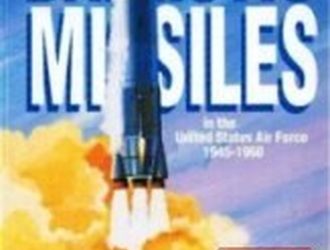 30.06.2020
30.06.2020
The Development of Ballistic Missiles in the USAF 1945-1960
Following World War II, the onset of nuclear weapons, long-range jet bombers, and ballistic missiles radically changed American foreign policy and military strategy. The United States Air Force, led by men of...
Далее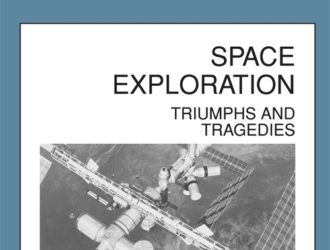 30.06.2020
30.06.2020
Space Exploration Triumphs and Tragedies Kim Masters Evans
Space Exploration: Triumphs and Tragedies is part of the Information Plus Reference Series. The purpose of each volume of the series is to present the latest facts on a topic of pressing concern in modern...
Далее 30.06.2020
30.06.2020
Space Exploration
Продолжение серии иллюстрированных энциклопедий от издательства Britannica. Данная энциклопедия посвящена теме...
Далее 30.06.2020
30.06.2020
The First Decade of Space Research
JPL опубликовала небольшую брошюру в ознаменование десятой годовщины запуска Эксплорера-1 1 февраля 1958 года. Бывший...
Далее 30.06.2020
30.06.2020
The First Soviet Cosmonaut Team: Their Lives, Legacy and Historical Impact
Серия книг издательства Praxis Publishing посвящена освоению человечеством космического пространства. Каждая книга...
Далее 30.06.2020
30.06.2020
Space Systems Failures: Disasters and Rescues of Satellites, Rockets and Space Probes
Серия книг издательства Praxis Publishing посвящена освоению человечеством космического пространства. Каждая книга...
Далее 30.06.2020
30.06.2020
Spacewalker: My Journey in Space and Faith as NASA’s Record-Setting Frequent Flyer
ADVANCE PRAISE FOR SPACEWALKER “Spacewalker is the book for anyone who ever dreamed of flying in space.” –Neil ArmStroNg, Commander of Apollo 11 “this is the story of one man’s lifelong quest to...
Далее 30.06.2020
30.06.2020
Space Ship The Story of the X-15
Далее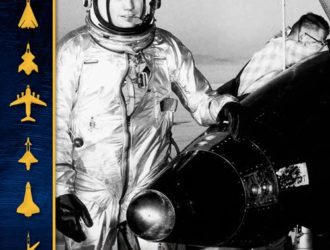 30.06.2020
30.06.2020
NASA’s Contributions to Aeronautics Volumes 1
NASA’s contributions to aeronautics : aerodynamics, structures, propulsion, and controls / Richard P. Hallion, editor. v. cm. Includes bibliographical references and index. “NASA/SP-2010-570.” 1. United...
Далее 30.06.2020
30.06.2020
Picturing the Cosmos A Visual History of Early Soviet Space Endeavoк
Далее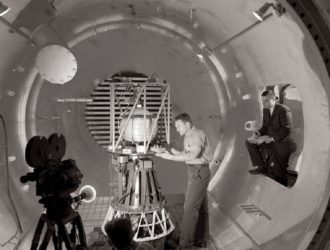 30.06.2020
30.06.2020
Pursuit of Power: NASA’s Propulsion Systems Laboratory No. 1 and 2
The NASA Glenn History Office has undertaken the task of documenting many of its historic facilities. Histories of the Icing Research Tunnel, Plum Brook Reactor Facility, Rocket Engine Test Facility, and...
Далее 30.06.2020
30.06.2020
NASA 50th Anniversary Proceedings. NASA’s First 50 Years: Historical Perspectives
On 29 July 1958, President Dwight D. Eisenhower signed the National Aeronautics and Space Act, creating the National Aeronautics and Space Administration (NASA), which became operational on 1 October of that...
Далее 30.06.2020
30.06.2020
Polska w kosmosie Wydawnictwa Komunikacji i LacznosciСерия: Biblioteczka Skrzydlatej Polski 01
książeczki z serii » Biblioteczka Skrzydlatej Polski» wydawane w latach 70 i 80.
Далее 30.06.2020
30.06.2020
Rescue: аварийный выход
Мир, конструктивное международное сотрудничество на Земле и в космосе — вот единственная альтернатива аварийной...
Далее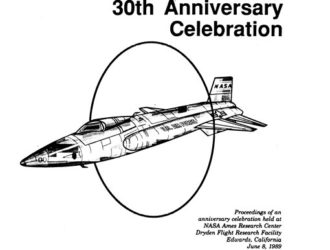 30.06.2020
30.06.2020
Proceedings of the X-15 First Flight 30th Anniversary Celebration
Credit for the concept of a celebration to mark the 30th anniversary of the first free flight of the X-15 rocket powered research aircraft belongs to Milton 0. Thompson, Ames-Dryden Flight Research Facility...
Далее 30.06.2020
30.06.2020
NASA_FY2016_Summary_Brief_corrected
Далее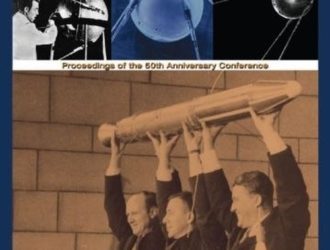 30.06.2020
30.06.2020
Remembering the Space AgeProceedings of the 50th Anniversary Conference
Proceedings of October 2007 conference, sponsored by the NASA History Division and the National Air and Space Museum, to commemorate the 50th anniversary of the Sputnik 1 launch in October 1957 and the dawn of...
Далее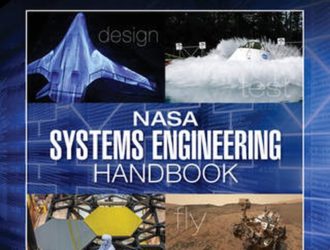 30.06.2020
30.06.2020
NASA Systems Engineering HandbookSE Engineering Handbook CoverRevision 2
In 1995, the NASA Systems Engineering Handbook (NASA/SP-6105) was initially published to bring the fundamental concepts and techniques of systems engineering to the National Aeronautics and Space...
Далее 30.06.2020
30.06.2020
RaketenspurenPeenemunde 1936-1996
Далее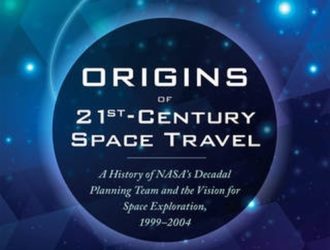 30.06.2020
30.06.2020
Origins of 21st-Century Space TravelBy Glen R. Asner and Stephen J. GarberA History of NASA’s Decadal Planning Team and the Vision for Space Exploration, 1999–2004
Less than one year after the Columbia Space Shuttle accident on 1 February 2003, President George W. Bush announced at NASA Headquarters that the Agency would embark on a new Vision for Space Exploration as it...
Далее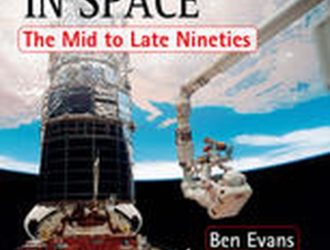 30.06.2020
30.06.2020
Partnership in Space: The Mid to Late Nineties
April 12, 2011 was the 50th Anniversary of Yuri Gagarin’s pioneering journey into space. To commemorate this momentous achievement, Springer-Praxis has produced a mini-series of books that reveals how...
Далее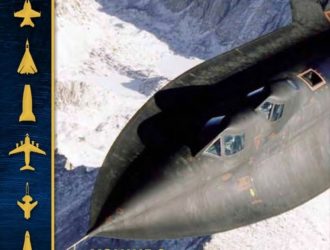 30.06.2020
30.06.2020
NASA’s Contributions to Aeronautics, Volume 2
The second volume includes case studies and essays on NACA-NASA research for contributions including wind shear and lightning research, flight operations, human factors, wind tunnels, composite structures,...
Далее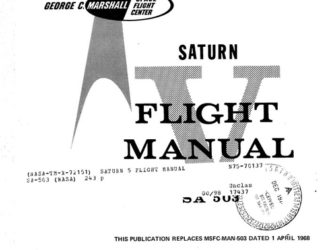 30.06.2020
30.06.2020
Saturn V (SA-503) Flight Manual
This manual was prepared to provide the astronaut with a single source reference as to the characteristics and functions of the SA-503 launch vehicle and the AS-503 manned flight mission. A revision to the...
Далее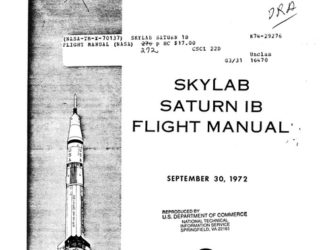 30.06.2020
30.06.2020
Skylab Saturn 1B Flight Manual
Ok space fanatics, here is the actual FLIGHT MANUAL for the Skylab Saturn 1B!! That’s right, read up on this, jump into your trusty time machine back to the early 70’s and hijack that bad puppy and...
Далее 30.06.2020
30.06.2020
Russia’s Cosmonauts: Inside the Yuri Gagarin Training Center
Серия книг издательства Praxis Publishing посвящена освоению человечеством космического пространства. Каждая книга...
Далее 30.06.2020
30.06.2020
Soviet Aircraft and Rockets
How are modern aircraft, helicopters, multi-stage rockets constructed? What keeps them in the air? What kind of engines are used in flight vehicles, how are they built? What instruments are installed in...
Далее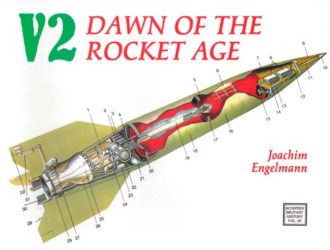 30.06.2020
30.06.2020
Schiffer Military History Vol. 26: V2. Dawn of the Rocket Age
The first ballistic missle in its use during WWII.
Далее 30.06.2020
30.06.2020
Russian Space Probes: Scientific Discoveries and Future Missions
Далее 30.06.2020
30.06.2020
Secrets of our Spaceship Moon
Далее 30.06.2020
30.06.2020
Rocket Planes
Далее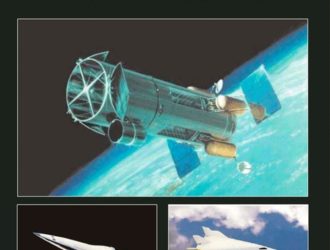 30.06.2020
30.06.2020
Secret Projects: Military Space Technology
This book outlines the development of space technology for military purposes from its very beginnings during World War 2 right up to the latest, most sophisticated systems. The author starts with references to...
Далее 30.06.2020
30.06.2020
How to survive in spaceТом 1
As part of our celebrations for the 50th anniversary of ESA’s mission control centre in Darmstadt, Germany, we are pleased to make available the delightful ESOC history, How to Survive in Space, as a...
Далее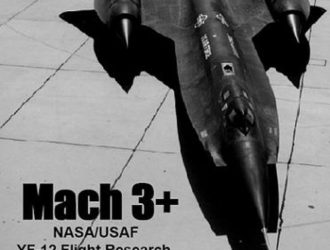 30.06.2020
30.06.2020
Mach 3+: NASA/USAF YF-12 Flight Research, 1969-1979 / Самолет NASA / ВВС США YF-12.
During the 1950s. American aircraft designers emphasized configurations that flew increasingly high and fast, a trend that continued for nearly two decades. Then, during rhe 1970s, efficiency, noise reduction,...
Далее 30.06.2020
30.06.2020
How to survive in spaceТом 2
As part of our celebrations for the 50th anniversary of ESA’s mission control centre in Darmstadt, Germany, we are pleased to make available the delightful ESOC history, How to Survive in Space, as a...
Далее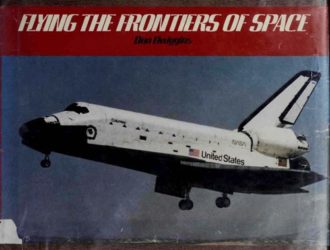 30.06.2020
30.06.2020
Flying the Frontiers of Space
A history of American experimental aircraft and space vehicles from 1947 to the present.
Далее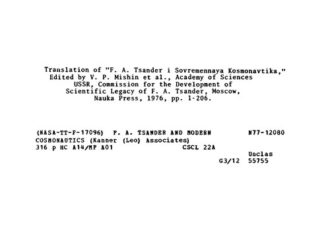 30.06.2020
30.06.2020
F. A. Tsander and Modern Cosmonautics
Далее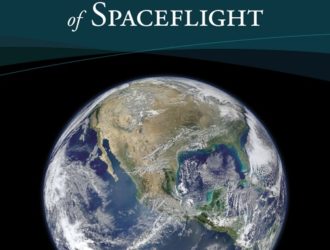 30.06.2020
30.06.2020
Historical Studies in the Societal Impact of Spaceflight
This volume presents a series of in-depth studies on the mutual interaction of space exploration and society—part of a larger need to understand the relationships between science, technology, and society....
Далее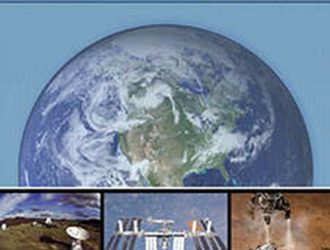 30.06.2020
30.06.2020
Global Reach: A View of NASA’s International Cooperation
When the National Aeronautics and Space Administration (NASA) was created in 1958, its founding legislation—the National Aeronautics and Space Act—directed the new Agency to pursue cooperation “with...
Далее 30.06.2020
30.06.2020
Flight research : problems encountered and what they should teach US
The document by Milt Thompson that is reproduced here was an untitled rough draft found in Thompson’s papers in the Dryden Historical Reference Collection. Internal evidence suggests that it was written...
Далее 30.06.2020
30.06.2020
Escaping the Bonds of Earth: The Fifties and the Sixties
To commemorate the momentous 50th anniversary of Yuri Gagarin’s pioneering journey into space on 12th April 2011, a series of five books — to be published annually — will explore this half...
Далее 30.06.2020
30.06.2020
Historical Analogs for the Stimulation of Space Commerce
With the rise of a range of private-sector entrepreneurial firms interested in pursuing space commerce, the process whereby their efforts might be incubated, fostered, and expanded comes to the fore as an...
Далее